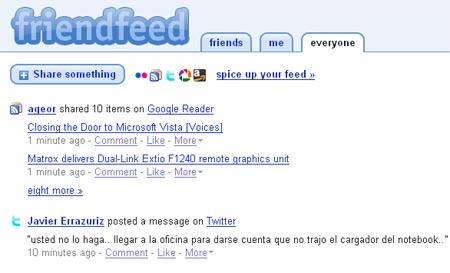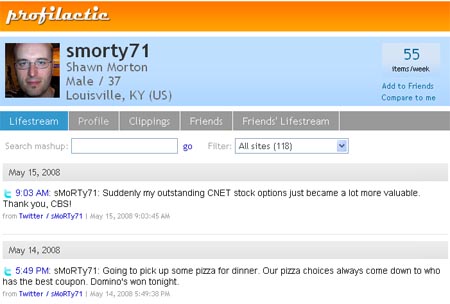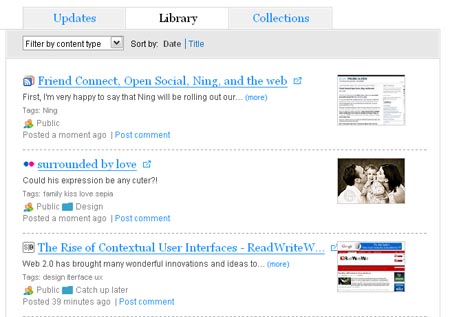Sometimes we look at great innovation and are compelled to compare like creations in evaluating them. More often than not it is the differences between websites that appeals to us. All these startups of the last two years have so much in common, but useful aspects outside commonality are sometimes the reasons we choose one over the other. In the case of SecondBrain even slight differentiations mark a truly fascinating development. It is important to let people know about all their choices and that is the reason for this article – to make Search Engine Journal readers aware of a fantastic tool and a worthwhile community.
SecondBrain Is Not FriendFeed
In a conversation the other day someone in the know asked me the difference between SecondBrain and FriendFeed. SecondBrain has an entirely different philosophy and methodology when it comes to content. FriendFeed is essentially a “Twitter like” instant notification of people’s activity around content. The service is well designed and effective for what it does, but SecondBrain is a much deeper platform for sharing and building life streaming events and content. SecondBrain uses API access for more in depth access to services while FriendFeed utilizes RSS to grab snippets of information. Aside design differences and aesthetics, the ability to mix and share content on SecondBrain is not resident for the FriendFeed user.

While the FriendFeed content is generated by users from their services, it is not as dynamic as the collections of data on SecondBrain. One might call Friendfeed a very good ticker tape of activity, while SecondBrain is an interactive Library. With upcoming features like advanced site search and messaging, SecondBrain will further delineate itself from this “perceived” competition, where no competition actually exists. The two developments are actually completely different in design and purpose.
Profilactic Prevents What?
Profilactic, besides being spelled wrong, is nothing more than another Twitter like application except with a ton of services attached. The service is very useful, but I believe it will soon be obsolete as developers come to drips with the fact that not everyone on the planet wants a digital variant of “The Truman Show”.

SecondBrain, as discussed previously, is not really a competitor for either of these platforms because the goals are much more dynamic in the end. The world’s largest online library of content is a far cry from letting friends know you visited several sites today.

Sites like Profilactic essentially prevent a user from missing out on their friend’s activity while doing lunch, while SecondBrain is building a library and a community.
Terms Defined
Community is one of those Buzz words we have all come to love and hate at the same time. I suppose we could loosely define FriendFeed and Profilactic as communities, but I think they are really just TV sets into some activities of friends. SecondBrain on the other hand has these capabilities vie LifeStream, while continually adding more community based features. The numbers of services at the former two aggregators are impressive, but not when one looks at what some of these services are. SecondBrain is clearly behind in this regard.
However, we must always look to the future of a startup in order to evaluate them. SecondBrain got behind because of a technical issue, but has maintained the same vision throughout. These other services (and there are many examples in other venues) are geared to cling to super popular niceities like Twitter and Facebook. A real application should do more than “holler” at other people in the end. Twitter is not something to emulate, but rather something to use. This is where FriendFeed and Profilactic missed the boat. When people grow weary of the Lifestream, there will be nothing beneath it.





![AI Overviews: We Reverse-Engineered Them So You Don't Have To [+ What You Need To Do Next]](https://www.searchenginejournal.com/wp-content/uploads/2025/04/sidebar1x-455.png)